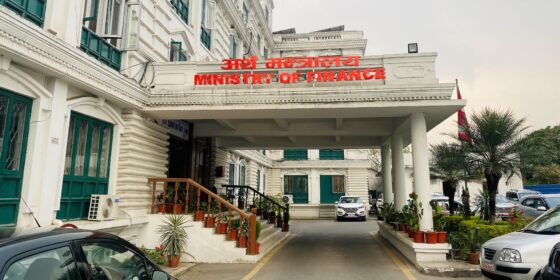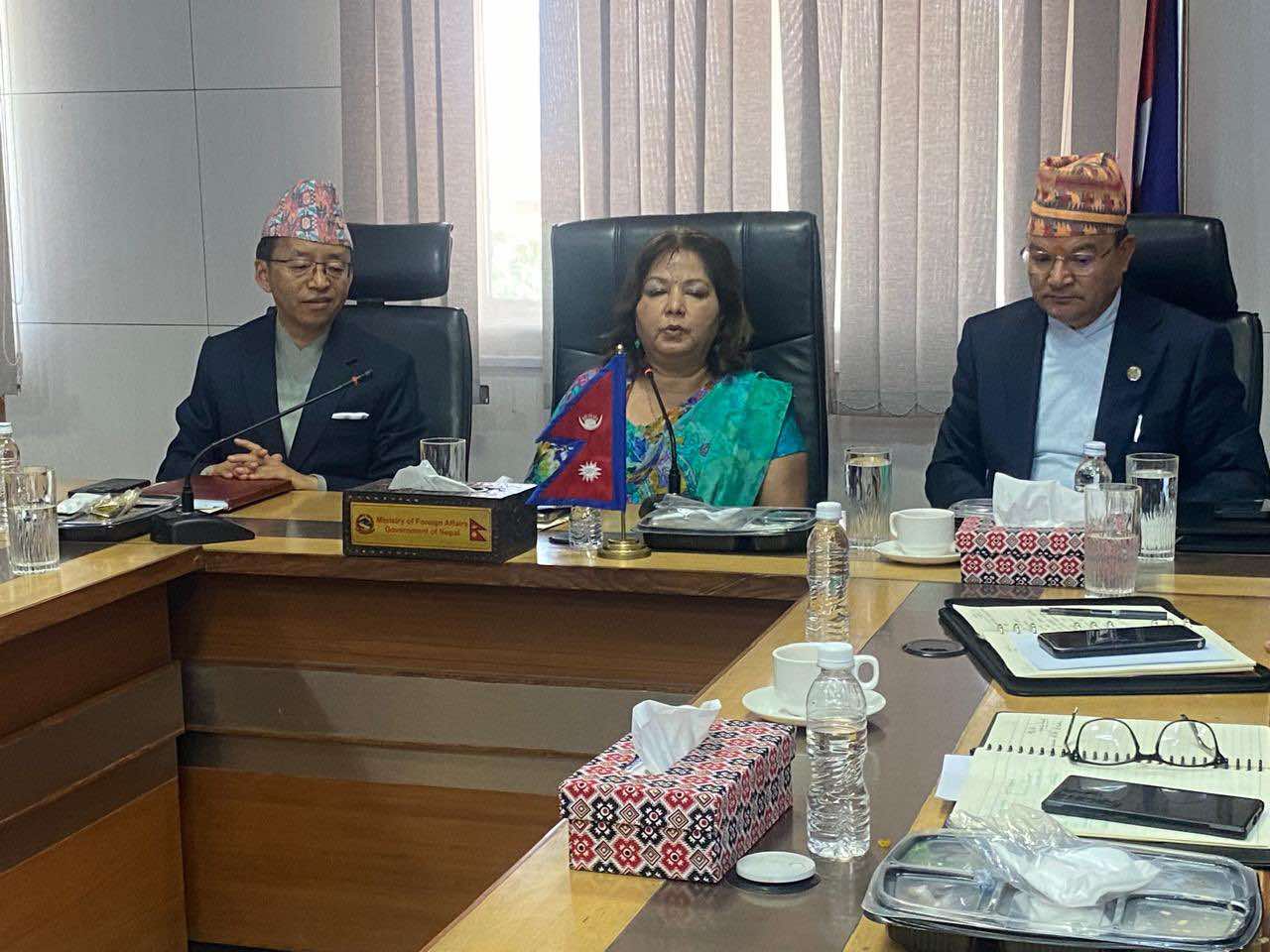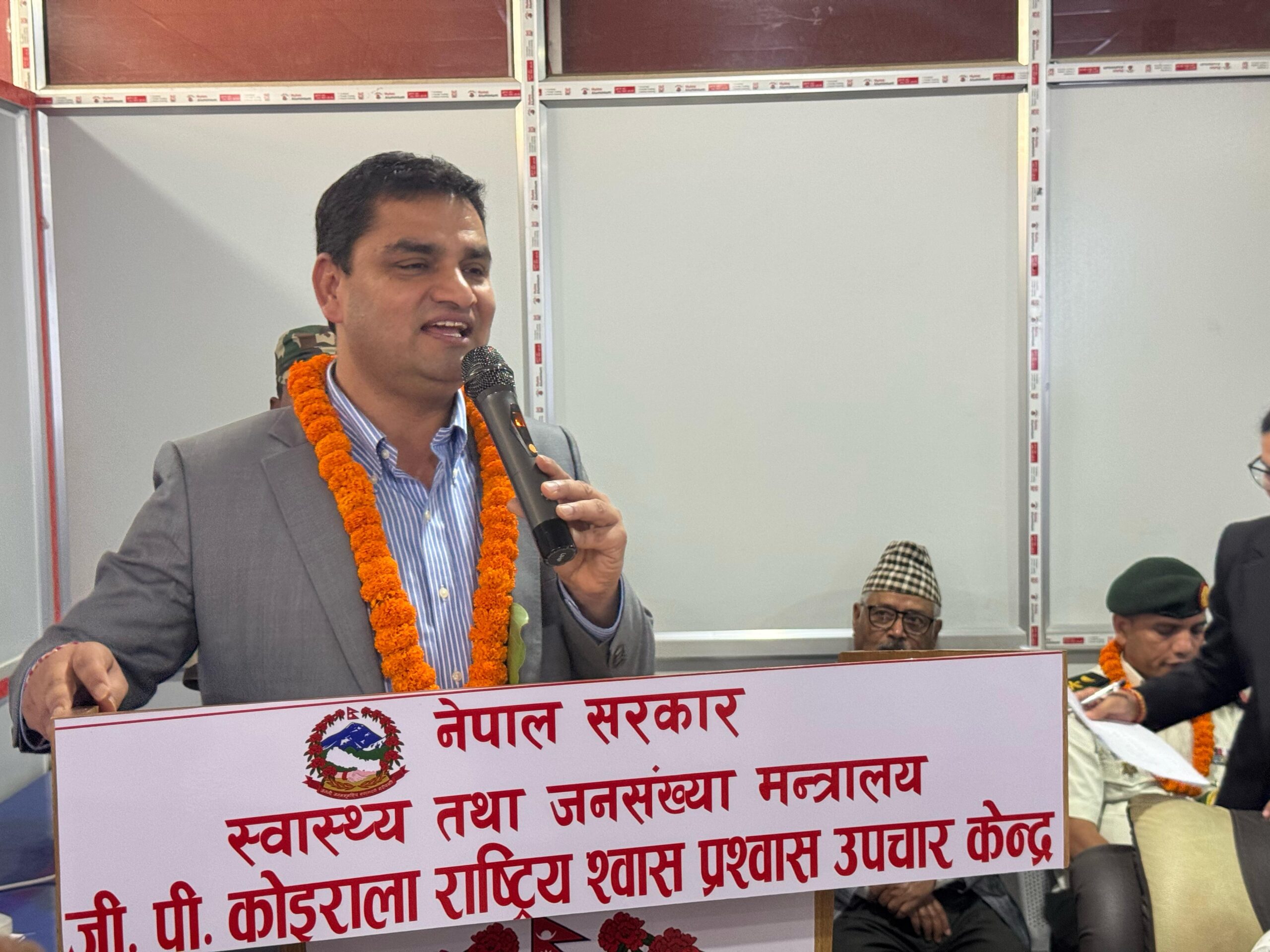
Kathmandu: As the Nepalese economy continues to recover from the adverse impacts of the COVID-19 pandemic, including low national production growth and rising unemployment rates, the government has introduced the Domestic Revenue Mobilization Strategy (DRMS). This comprehensive five-year plan aims to reform tax policies, governance, and administrative frameworks while enhancing revenue mobilization from domestic sources to ensure fiscal stability.
Unveiled by the Ministry of Finance, the DRMS focuses on strengthening voluntary taxpayer compliance, modernizing automation in tax and customs administration, and promoting inter-governmental coordination. The strategy seeks to address both vertical and horizontal equity in income distribution, with an emphasis on progressive tax structures and climate-resilient taxation.
The DRMS will see a restructuring of income tax bases and rates to ensure progressivity in personal income tax, while adjustments to the corporate tax base aim to encourage private investments. Additionally, reforms in the **Value Added Tax (VAT)** system will be supported by input tax credits and refund mechanisms, fostering investment growth and ensuring efficiency.
Key Fiscal Targets and Projections
One of the main objectives is to increase the tax revenue-to-GDP ratio from 16.2% in the fiscal year 2079/80 (2022/23) to 20.9% by the end of 2085/86 (2028/29). This includes projected growth in income tax, VAT, excise duties, and customs duties. The DRMS also aims to **reduce the budget deficit-to-GDP ratio** from 7.2% to 6.5% within the same period.
The government has also outlined plans to broaden the VAT base, rationalize excise duties, and review customs duties to increase overall revenue collection. A focus will be placed on revising tax-exempt items, streamlining tax incentives, and simplifying tax laws to reduce the distortionary effects of taxation on businesses.
Modernizing Tax Administration and Enhancing Coordination
Efforts will be made to strengthen risk management capabilities in tax and customs administrations, with an emphasis on the automation of processes. By 2029/30, the government aims to integrate all income sources under a comprehensive tax system with progressive tax rates.
Additionally, the DRMS emphasizes improving coordination among key stakeholders, including provincial and local governments, the Nepal Rastra Bank (NRB), and various ministries. This unified approach will help ensure effective implementation of tax reforms and public expenditure management.
Challenges and Way Forward
While the DRMS represents a significant step towards addressing tax compliance challenges, the government acknowledges that successful implementation will require strong constituency support, resource management, and continuous monitoring. Key players in the tax ecosystem, such as the Inland Revenue Department (IRD), Department of Customs (DoC), and **Ministry of Finance, will play critical roles in ensuring the reforms achieve their intended objectives.
The DRMS is expected to transform Nepal’s tax environment, making it more equitable, efficient, and growth-oriented, while ensuring fairness for economically disadvantaged groups.
As Nepal moves forward with the strategy, meticulous monitoring and potential adjustments will be key to achieving fiscal stability and economic resilience in the years to come.
The Domestic Revenue Mobilization Strategy (2024/25 – 2028/29) outlines several specific actions aimed at enhancing the efficiency of tax collection and the overall financial system of Nepal. Key factual actions from the plan include:
Review of tax-free allowances and income tax rates: The strategy calls for revising the current tax-free allowances for personal income tax, as well as reviewing the slab and top-income brackets for taxation. There will also be intermittent adjustments to personal income tax rates.
Corporate and investment income tax reforms: The plan includes the rationalization of tax incentives under Section 11 of the Income Tax Act, 2058. Additionally, it will review tax deductions at source (TDS) on dividend and interest income. Capital gains taxes will also be evaluated, particularly focusing on land and building transactions.
Value-added tax (VAT) reforms: The strategy aims to review and reduce VAT-exempt items, ensuring that more goods and services are taxed. Furthermore, the VAT registration threshold will be increased from Rs. 2 million to Rs. 3 million, broadening the tax base to include more taxable services and goods.
Excise tax adjustments: A green tax will be imposed on petroleum products, plastic items, and coal as part of the government’s efforts to promote environmental sustainability. The number of excise rates will also be reduced based on a review of domestic and external costs.
Introduction of a new customs act: The plan includes the formulation of a new Customs Act to streamline legal processes and enhance service delivery. This is aimed at reducing risks in customs procedures and increasing efficiency in trade-related activities.
Strengthening forecasting and revenue analysis: A Revenue Analysis and Forecasting Section will be established within the Ministry of Finance. This new division will include government professionals and external experts to improve forecasting accuracy and the management of revenue systems.
Promotion of local and indigenous production: The strategy mentions the government’s efforts to replace imports by promoting local products. It outlines a Provincial Profile, focusing on key goods and services that can replace imports and increase exports.
Integration of tax expenditure data: There will be a push towards publishing tax expenditure details and integrating tax expenditure data from the Ministry of Finance and Inland Revenue Department to ensure transparency and accountability.
Collaboration with local governments: The strategy emphasizes collaboration between the central government and local governments to improve property tax systems and ensure consistent reforms at all levels of governance.
These actions focus on modernizing the tax system, reducing administrative burdens, and ensuring that revenue collection is both transparent and efficient, with a focus on long-term sustainability.







